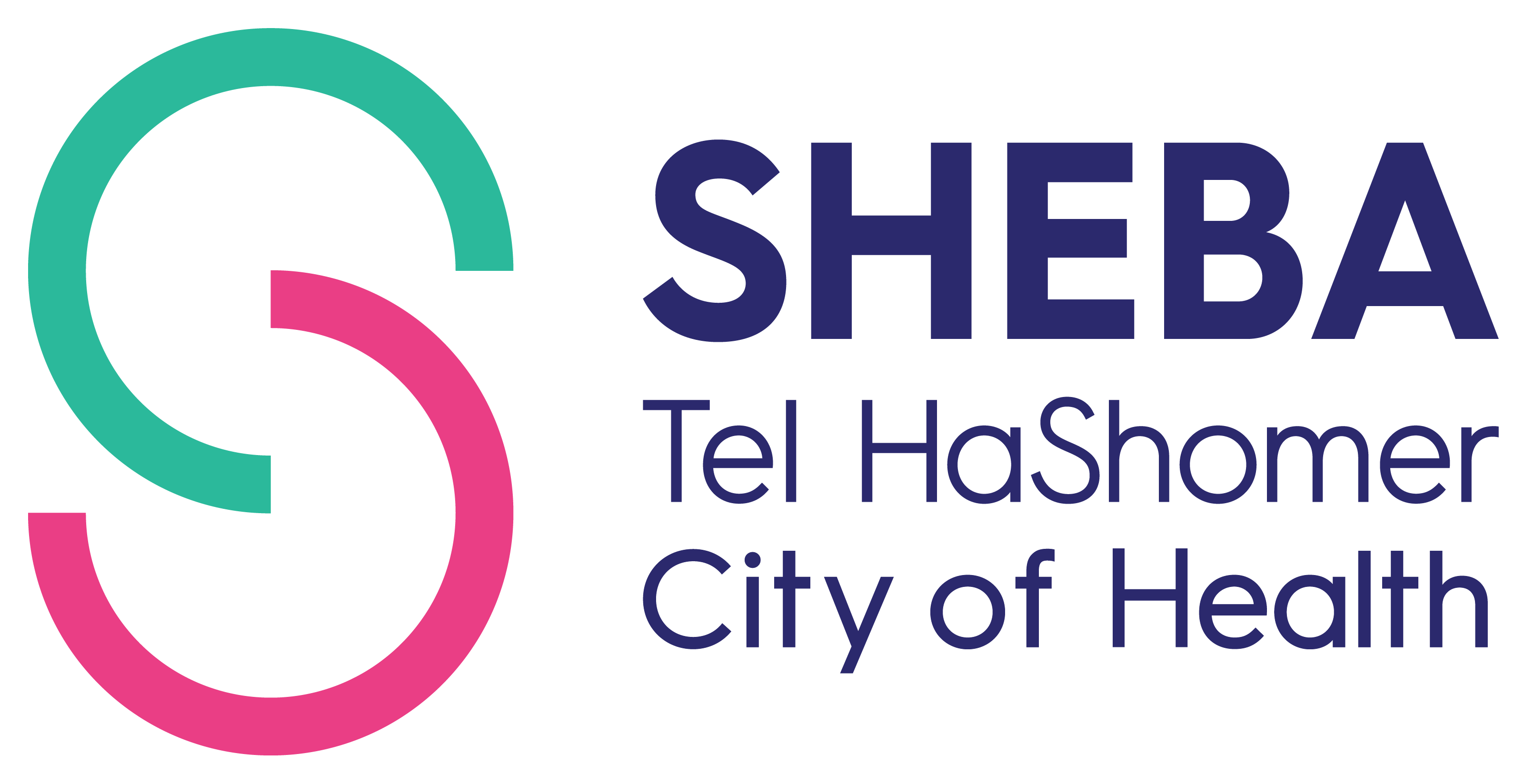Preliminary Sleep Research Publication
On Monday, February 16, 2004, the annual congress of the Israel Sleep Disorder Research Association convened. Physicians in various fields of research presented the results of new sleep research.
The Director of the Sleep and Fatigue Disorder Institute, Dr. Yaron Dagan, and staff from the institute, presented the results of a number of important and innovative research projects in the field of sleep research.
Sleep Disorders and Daytime Somnolence Among
Overweight Heavy Duty Vehicle Drivers
Subject:
In Israel, the annual toll of automobile accidents is approximately 500 fatalities. A large number of professional drivers are involved in these accidents (heavy duty vehicle and public vehicle drivers). Professional drivers are at high risk for involvement in these often fatal accidents because of somnolence and actually falling asleep while driving, caused by long hours of monotonous driving (for which they are remunerated). Research has shown that daytime somnolence is symptomatic of sleep apnea (respiration disorders).The connection between obesity and apnea has been documented and is an accepted fact. The aim of this research project was to analyze the prevalence of pathological somnolence among professional drivers who are overweight. The research also investigated the possibility of predicting daytime somnolence utilizing the Body Mass Index (BMI), which is an overweight index using height of the subject as apposed to the subject's weight (BMI=25 is an acceptable result).
One hundred and fifty three obese (BMI 32-50) cab, truck, or bus drivers, ages 22-70, who had applied for issue or renewal of a drivers license, were referred to the Sleep and Fatigue Disorder Institute by the Ministry of Health's Road Safety Medical Institute. At the institute they underwent a comprehensive nocturnal sleep evaluation and the following day a Somnolence Latency Level Test (MSLT), which is an international index designed to define objective somnolence. One hundred and forty two of the subjects (93%) experienced some level of sleep disorder. One hundred and eighteen subjects (77%) suffer from sleep apnea. The MSLT daytime test demonstrated that a total of 104 subjects (68%) demonstrated a fifteen minute MSLT result, which is an indication that they suffer from pathological somnolence (the supposition was that these subject would be highly motivated not to fall asleep during the day they spent undergoing evaluation in the Sleep Laboratory. This being the case, we have every reason to believe that under normal circumstances, when drivers drive long monotonous routes, the level of somnolence will be even higher.
The MSLT criterion was found to be a valid means to identify subjects who will suffer from sleep disorders and daytime somnolence. The MSLT test is simple and the subject cannot influence or change results. Based on the results of sleep evaluation tests, the Road Safety Institute does not issue these drivers a license until they have completed at least three months treatment, which is usually CPAP monitoring while asleep (the CPAP device aids respiration while asleep).This research study is the most comprehensive study of its kind performed worldwide, and is even now applicable to the licensing institutes responsible for the medical consideration involved in the issue of driving licenses. Without a doubt, these findings demonstrate the need to continue the medical screening process to identify drivers at high risk for somnolence, which will adversely affect their driving performance on the highway.
The Epidemiology of Sleep Disorders in Israel
The results of worldwide epidemiological research of sleep disorders demonstrate the high prevalence of sleep disorders. The most prevalent sleep disorder is Insomnia. In the United States, for example, 35% of the population suffers from Insomnia. The goal of this research project was to evaluate the prevalence of sleep disorders in Israel and to compare the result with results from other countries in the western world.
The research subject population was selected to represent all stratum of Israeli population. Data was accumulated by means of a questionnaire sent to 1000 subjects who had been contacted previously by research surveyors by telephone. The subjects were requested to fill out the questionnaire and return it by mail. A total of 303 subjects took part in the research (115 men and 188 women).
The questionnaire was made up of a Mini Sleep Questionnaire, and a Daytime Somnolence Questionnaire, statistics regarding sleep habits (at what time the subject retired and at what time he or she got up), and other demographic variables. During data evaluation the subject's tendency towards a sleep disorder or somnolence was graded.
The results demonstrate that 30% of the population reports a high occurrence of the symptoms of Insomnia, and the average grade for women is higher than that for men (a fact already been documented in professional literature).
The research results demonstrate that prevalence of sleep disturbances among the Israeli population is similar to the prevalence of sleep disturbances in other countries in the western world. This fact contradicts the contention that the state of national security in Israel affects the quality of sleep.
In 1991 Prof. Peretz Lavi, from the Technion in Haifa, conducted a research study of the prevalence of Insomnia in the Israeli population during the Gulf War. The research finding supports the conclusion drawn by Lavi, that the first Gulf War did not adversely affect the Israel population as regards to the prevalence of Insomnia









